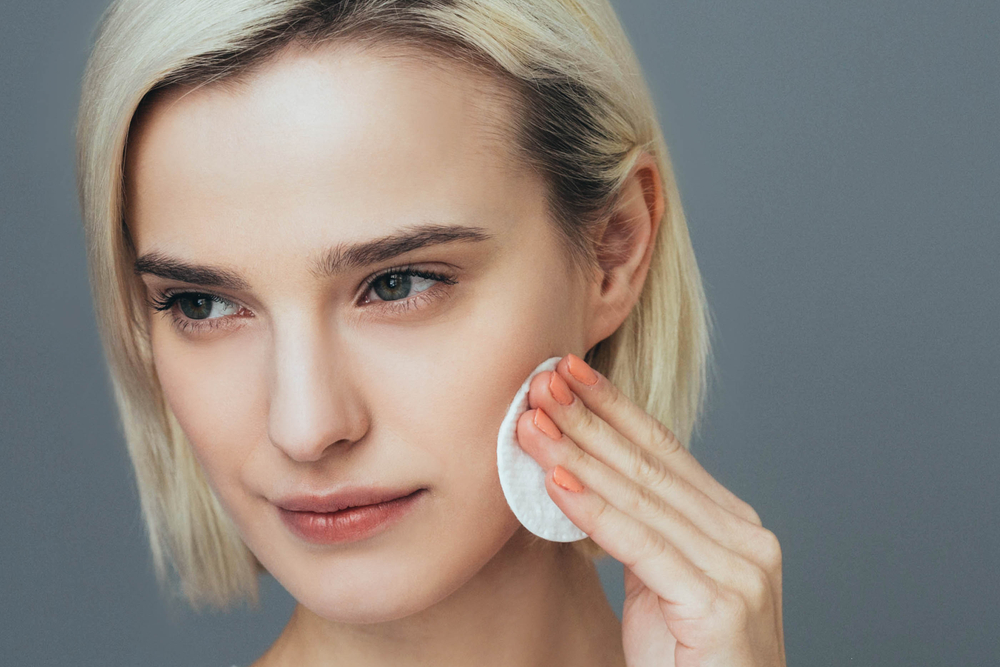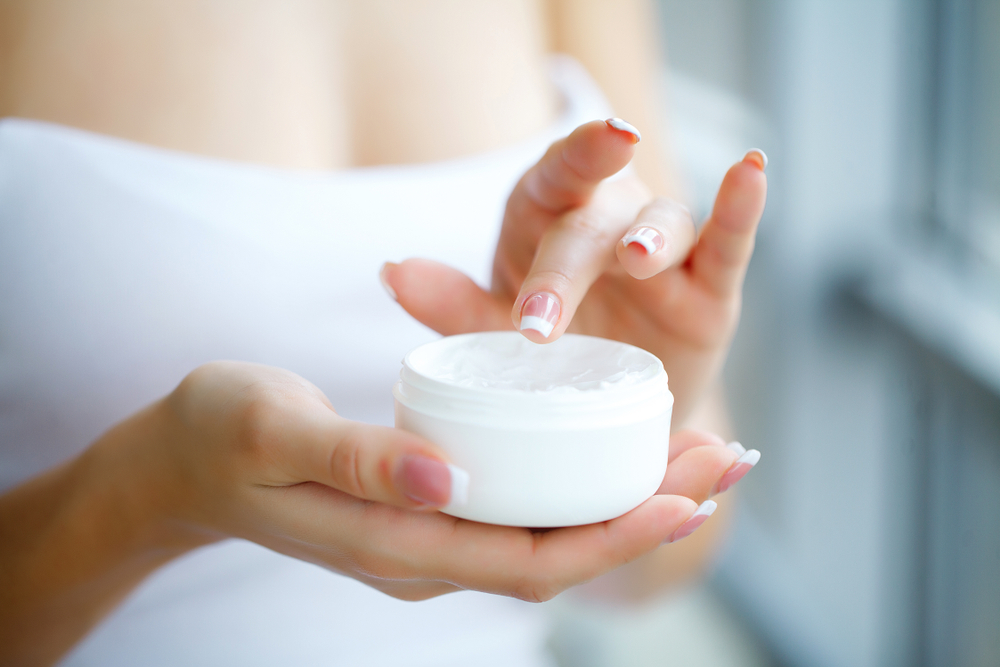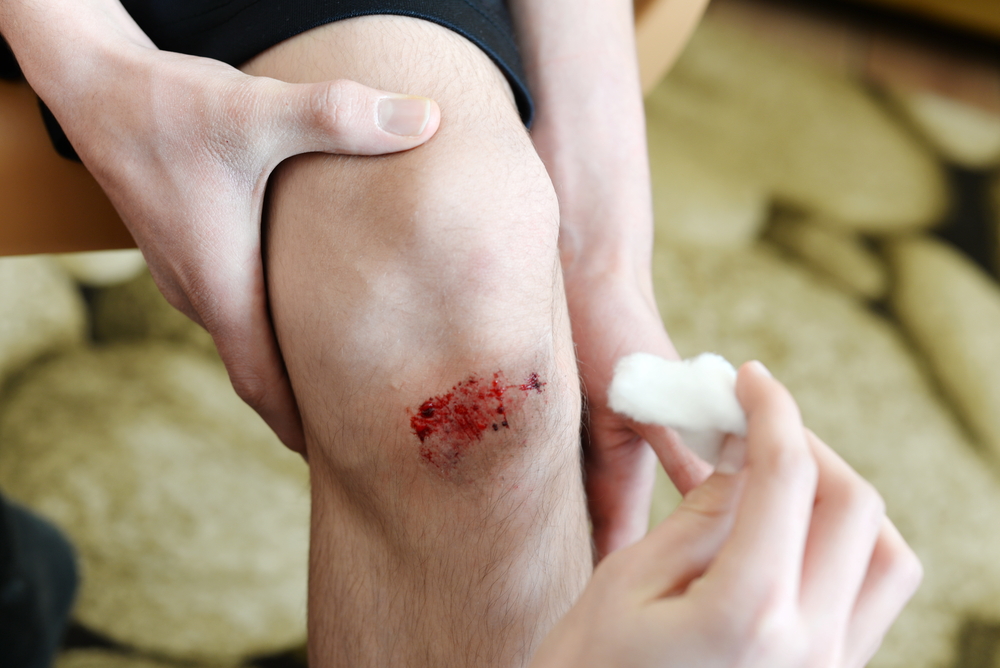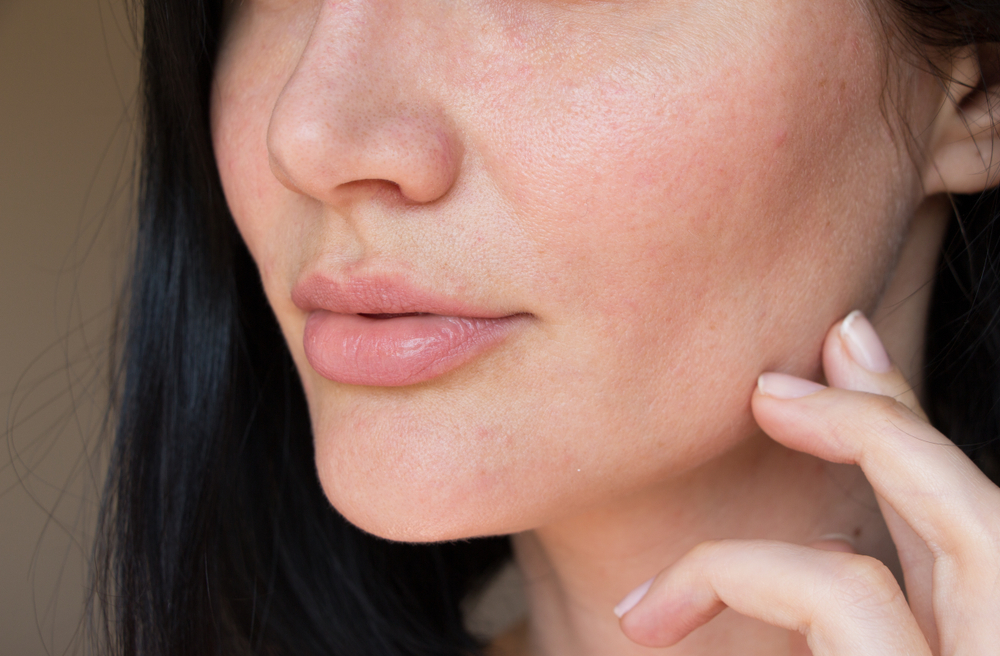- Fordyce spots are very common; studies have found that 70 to 80% of adults have them.
- Men are twice as likely to have Fordyce spots as women.
- Fordyce spots typically appear in groupings of approximately 50 spots, but a solitary spot can appear in certain cases.
What are Fordyce spots?
Fordyce spots are enlarged sebaceous glands, which are normally found in our skin. Sebaceous glands can be found across the the body and are particularly concentrated in areas where hair grows, and absent where it does not. Naturally, this means that there are more sebaceous glands on the face and head, while none are found on the palms of hands or the bottoms of feet.
These glands produce and release an oily substance called “sebum,” which lubricates the skin and hair. They’re present at birth but often become more noticeable in puberty when hormonal changes cause sebaceous glands to become more active.
Knowing that Fordyce spots are enlarged sebaceous glands and that these glands are typically found near hair follicles, it should seem odd that Fordyce spots usually appear in areas with little or no hair. These enlarged glands are unlike their smaller counterparts, though there is no simple answer as to why.
What do Fordyce spots look like?
“Fordyce spots are small clusters of slightly raised 1/64 – 1/8 inch yellow, pink, or skin-toned papules,” explains Dr. Christine Kim, a board-certified medical and cosmetic dermatologist who practices in Santa Monica, CA. These spots can either look like a concentrated patch of overlapping granules that form a small lump, or spaced out bumps in a polka-dot-like pattern.
“Fordyce spots typically occur on the border of the lips and genitals and are found on the majority people,” says Dr. Susan Bard, a Manhattan-based dermatologist and cosmetic surgeon. Similar to herpes sores, Fordyce spots are significantly more common on mucosal surfaces and the scrotum. This leads many to think these papules are indicative of an STD, but this isn’t the case. Fordyce spots are neither contagious nor dangerous.
What causes Fordyce spots to appear?
These papules might resemble whiteheads but, unlike many common cosmetic issues, Fordyce spots are not related to pore irritation or blockage. The reasons as to why these glands are enlarged for some people and not for others are still unknown.
What we do understand at this time, however, is that fordyce spots are not caused by outside factors like bacteria or fungi. Some people simply have enlarged sebaceous glands, while others don’t.
Who is at risk for Fordyce spots?
Men are twice as likely as women to have Fordyce spots.
How are Fordyce spots diagnosed?
Your dermatologist may remove a piece of tissue from the area of concern and have it biopsied. However, most doctors are able to identify Fordyce spots by their distinct appearance.
Treatments to get rid of Fordyce spots
Fordyce spots are normally benign and treatment is not typically recommended unless the patient wants them removed for aesthetic reasons.
Common Treatments
- Electrocautery
- Application of bichloracetic acid
- Cryotherapy
- Laser therapy
- Photodynamic therapy
- Topical bichloracetic acid
- Topical tretinoin
- Oral Tretinoin
“Electrocautery is the delivery of heat electrically through a fine probe to ‘burn off’ the Fordyce spots,” explains Kim. A numbing cream is applied to the area prior to the procedure to help reduce or eliminate all discomfort. “After the treatment, a healing ointment is applied and scabs will form,” continues Kim. “It then takes up to two weeks for the area to fully heal. It’s important to avoid sun exposure during the healing process.”
While electrocautery is the go-to option is most cases, other treatments might come first in certain circumstances. “Larger areas with many clusters of Fordyce spots may be better suited to a field approach like laser or photodynamic therapy that treat multiple spots at a time more efficiently,” says Kim.
Laser therapy is similar to the electrocautery treatment in that high heat is used to remove Fordyce spots. While electrocautery employs a fine probe to achieve this effect, laser therapy uses focused light. Photodynamic therapy also burns away papules, but in conjunction with a photosensitising agent, consumed orally, that swarms to the papules. When targeted with a laser, this agent helps burn the desired cells.
The exact treatment used depends on a variety of factors, and it’s important to discuss available options with your dermatologist in order to find the best solution.
“With any treatment modality the goal is to minimize the size and appearance of the Fordyce spots while avoiding significant scarring,” says Kim. “I manage my patient’s expectations and explain that they may need to come in for multiple sessions to achieve optimal cosmetic improvement, and that maintenance treatments will likely be necessary.”
Takeaway
If you’re looking to remove or reduce the size of Fordyce spots, beyond contacting a dermatologist your options are notably limited.
Some studies have shown that in certain circumstances the presence of Fordyce spots, particularly those in the mouth, might be linked to cardiovascular health. A balanced diet, quality multivitamins and drinking the recommended half a gallon of water daily can have a positive impact on both the health of the skin and the body in general, possibly helping to reduce Fordyce spots.
It’s important to note that the presence of Fordyce spots is not a definitive marker of overall health, nor does improving your health necessarily reduce the appearance of Fordyce spots.
Ultimately, given Fordyce spots are primarily a cosmetic issue, the level of treatment desired depends entirely on how determined you are to get rid of these papules. As Dr. Kim points out, with respect to Fordyce spots, “chances are they’re more noticeable to you than to anybody else.”









